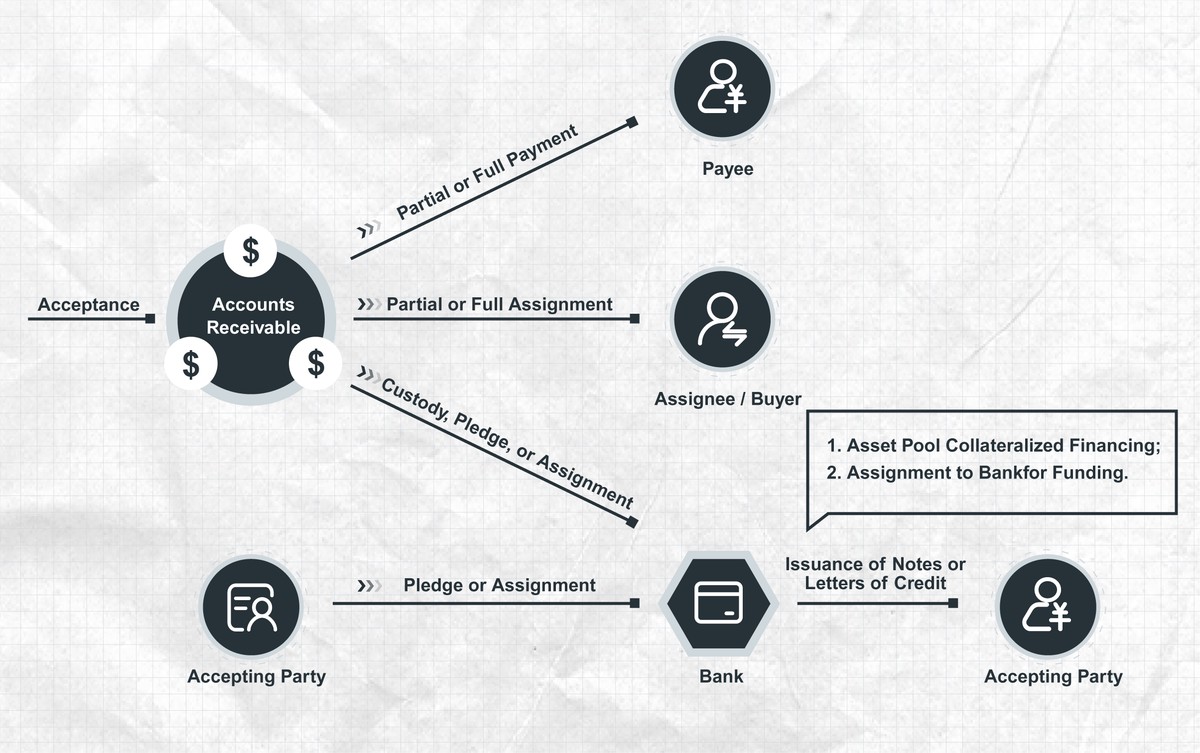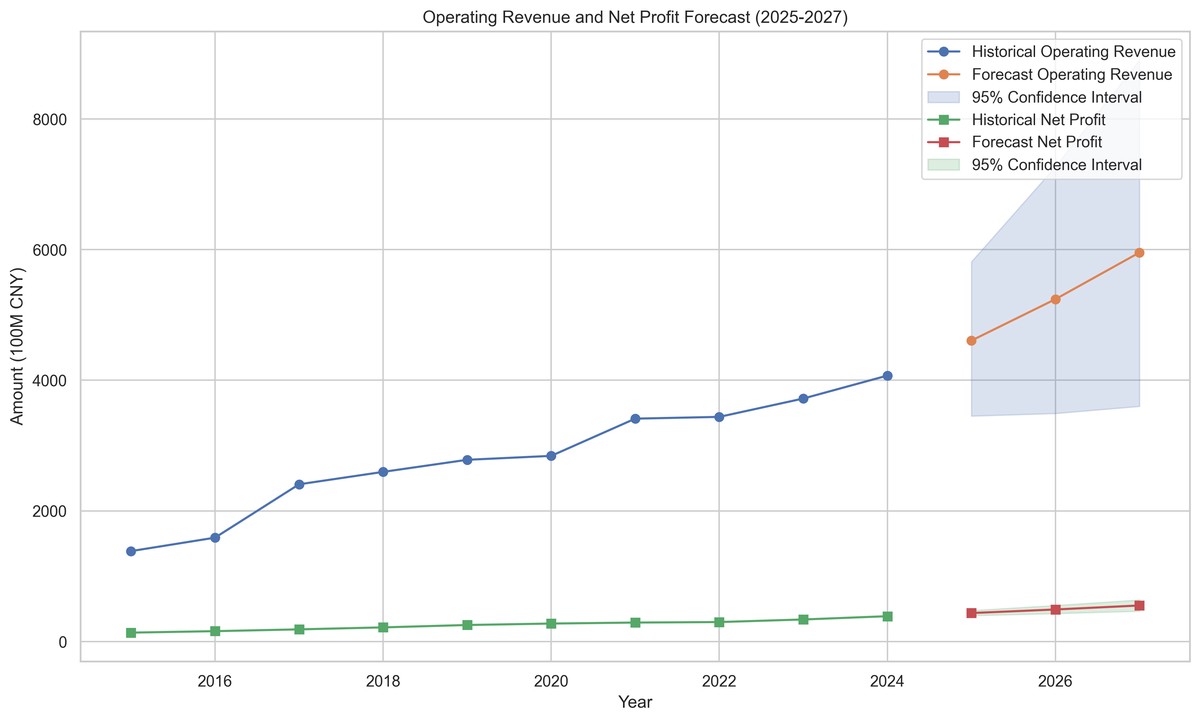========================================
Introduction
Liquidity is one of the most critical yet often underestimated elements in trading and investment strategies. Unlike market risk or credit risk, liquidity risk directly impacts a trader’s ability to enter and exit positions efficiently. Poor liquidity can lead to excessive slippage, wide bid-ask spreads, and even forced losses when markets move unexpectedly.
This article will provide a comprehensive guide on how to analyze liquidity risk in trading, exploring different methods, metrics, and real-world applications. By combining professional insights, personal trading experiences, and the latest industry developments, we’ll evaluate strategies, highlight best practices, and recommend tools for traders at every level.
What is Liquidity Risk in Trading?
Liquidity risk is the danger that a trader or investor cannot buy or sell an asset quickly enough without significantly affecting its price.
Key Characteristics of Liquidity Risk
- Bid-Ask Spread Widening: A larger gap between the buying and selling price.
- Slippage: Executed price differs from expected price due to limited market depth.
- Execution Delays: Orders take longer to fill in low-volume environments.
- Market Depth Limitations: Thin order books amplify price volatility.
Why Liquidity Risk Matters
Liquidity impacts both small-scale retail traders and institutional investors. For example, in fast-moving markets like crypto or penny stocks, liquidity dries up rapidly, forcing traders into disadvantageous exits. For quantitative traders, liquidity constraints directly influence model accuracy and risk-adjusted returns.
Core Methods to Analyze Liquidity Risk
1. Market Microstructure Analysis
Market microstructure examines how orders interact in the order book. By analyzing order book depth, transaction costs, and trade sizes, traders can quantify liquidity risk.
Metrics to Monitor
- Bid-Ask Spread: Narrow spreads suggest high liquidity.
- Order Book Depth: Number of buy and sell orders at each price level.
- Trade Impact Function: How large orders affect asset prices.
Pros
- Provides granular, real-time view
- Useful for high-frequency and algorithmic traders
Cons
- Data-intensive and complex to analyze
- Requires advanced tools and APIs
2. Volume-Based Analysis
Trading volume is one of the most accessible and widely used indicators of liquidity.
How It Works
- Higher daily volumes generally mean greater liquidity.
- Sudden volume drops may signal increased liquidity risk.
- Comparing historical vs. current volume helps anticipate liquidity shifts.
Pros
- Easy to interpret
- Available for all major markets
Cons
- Doesn’t always reflect hidden liquidity
- Can be misleading during manipulation or false volume reporting
Key methods for analyzing liquidity risk: order book, spread, and volume
3. Price Impact Studies
Price impact analysis assesses how much the market price changes when executing trades of varying sizes.
Application
- Traders test different order sizes to determine liquidity sensitivity.
- Quantitative funds model price impact functions to adjust algorithmic execution.
Pros
- Directly measures real trading conditions
- Useful for large institutional trades
Cons
- Requires actual execution data
- Risky for testing in illiquid markets
4. Advanced Liquidity Ratios
Financial analysts and portfolio managers often use ratios to measure liquidity efficiency.
- Amihud Illiquidity Ratio: Price impact relative to traded volume.
- Turnover Ratio: Volume compared to outstanding shares.
- Liquidity Coverage Ratio (LCR): Used in institutional settings for compliance.
Pros
- Quantitative, comparable across assets
- Standardized in academic and professional research
Cons
- Lagging indicators
- Less effective in high-volatility, real-time environments
Comparing Liquidity Risk Analysis Methods
From practical experience:
- Retail traders should focus on volume-based analysis and spreads.
- Quantitative traders benefit more from microstructure and ratio-based models.
- Institutions rely on price impact studies for block trade execution.
When evaluating how to measure liquidity in quantitative trading, a hybrid approach combining ratios and microstructure analysis yields the most reliable results.
Strategies for Managing Liquidity Risk
Strategy 1: Diversification of Assets
Avoid concentrating on low-liquidity assets by diversifying across markets. For example, pairing high-liquidity instruments (e.g., S&P 500 futures) with niche assets reduces overall portfolio liquidity risk.
- Pros: Lower execution risk, better flexibility
- Cons: Dilutes concentrated high-return opportunities
Strategy 2: Algorithmic Execution
Using algorithms like VWAP (Volume Weighted Average Price) and TWAP (Time Weighted Average Price) helps distribute orders across time to minimize price impact.
- Pros: Reduces slippage, effective for large orders
- Cons: Requires infrastructure and careful calibration
Strategy 3: Stress Testing & Scenario Analysis
Running stress tests simulates liquidity conditions during market shocks (e.g., flash crashes, geopolitical events).
- Pros: Prepares traders for extreme scenarios
- Cons: Dependent on historical assumptions
Stress testing helps traders prepare for liquidity shocks

Advanced Industry Trends in Liquidity Risk Analysis
- AI & Machine Learning: Models now predict liquidity changes by analyzing order flow and sentiment data.
- Decentralized Markets: In DeFi, liquidity pools redefine traditional risk analysis.
- Institutionalization of Crypto: Liquidity improves as more hedge funds and exchanges adopt regulated practices.
- Regulatory Shifts: Basel III and MiFID II frameworks emphasize liquidity monitoring for large institutions.
When considering where to find liquidity data for quantitative strategies, professional traders often rely on Bloomberg, Refinitiv, or specialized APIs for granular market microstructure information.

Frequently Asked Questions (FAQ)
1. How do I know if an asset has high liquidity risk?
Look for wide bid-ask spreads, low daily volume, and sudden execution delays. If your orders frequently move the market price, it’s a red flag for liquidity risk.
2. Why does liquidity vary in different markets?
Liquidity differences depend on market participants, regulations, and asset popularity. For instance, forex and large-cap equities are highly liquid, while small-cap stocks and altcoins often struggle with thin liquidity.
3. How can I manage liquidity risk in algorithmic trading?
Adopt a liquidity management framework for quants:
- Integrate microstructure signals into your model
- Adjust execution size based on order book depth
- Run stress tests for sudden liquidity withdrawals
Conclusion
Understanding how to analyze liquidity risk in trading is crucial for traders of all levels. By combining methods such as market microstructure analysis, volume monitoring, and price impact studies, traders can make informed decisions and avoid costly execution errors.
- Retail traders should prioritize spread and volume analysis.
- Quants and institutions need advanced ratios, AI tools, and stress testing.
- Everyone must recognize that liquidity risk, if ignored, can erode even the most sophisticated trading strategy.
🔍 What techniques do you use to analyze liquidity risk in your trading? Share your experiences below and don’t forget to share this article with your trading network—it might help someone avoid their next liquidity trap.
要不要我帮你把这篇文章扩展到 3000+ 字,加入更多案例研究、实盘数据分析和行业专家观点?

0 Comments
Leave a Comment